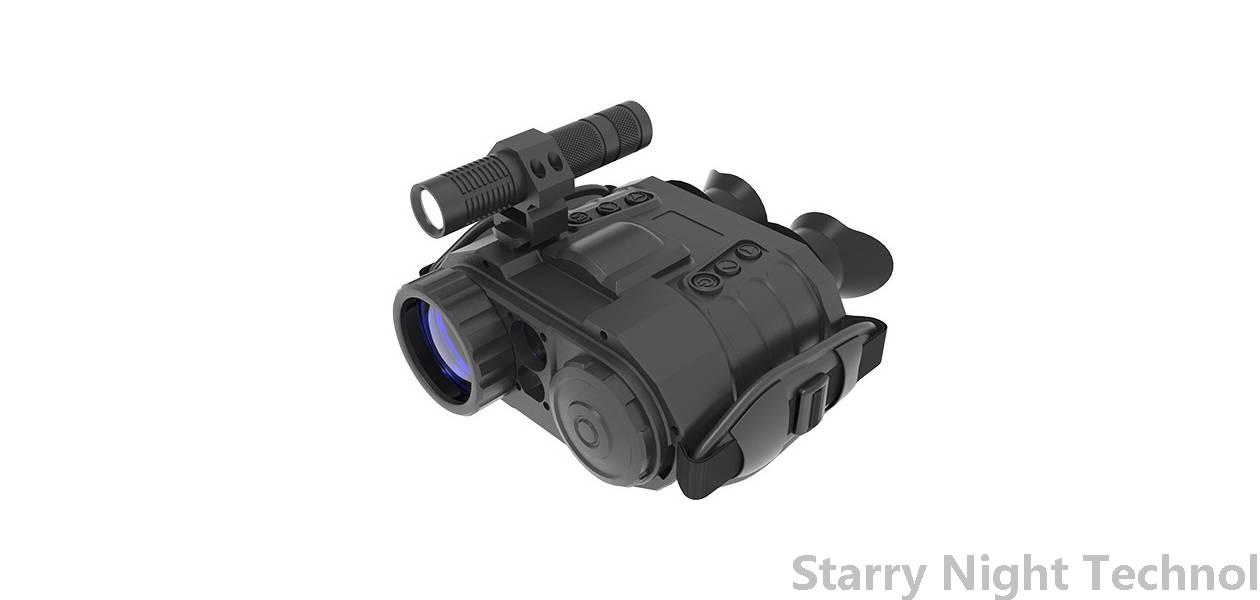The Guardian of Drone Technology: Defender of the Nocturnal Skies
1751248819000

In recent years, drone technology has surged from obscurity into our daily lives, with applications that stretch across industries. From agriculture to search-and-rescue operations, drones have redefined conventional methodologies, infusing them with efficiency and precision. However, as these flying machines become more common in urban environments and even rural farmlands, a new role is emerging in this field — the "Guardian of Drone Technology." This guardian represents not only operational integrity but also ethical considerations and regulatory reforms necessary to protect our nocturnal skies.
### The Rise of Drones
Drones have transitioned from costly military assets to affordable consumer products, democratizing access to aerial footage, logistics support, and environmental monitoring. By 2023, it was estimated that the global drone market would exceed $50 billion, reflecting widespread acceptance across sectors like photography, construction, and wildlife conservation. Nevertheless, as drone usage escalates, so too does concern among communities regarding privacy invasion, airspace management, and safety.
Enter the Guardian of Drone Technology. This figure embodies the multifaceted responsibilities needed to ensure that drones operate safely within both public and private realms. It addresses concerns surrounding noise pollution, potential collisions, and unauthorized surveillance while promoting responsible use.
### Regulatory Frameworks and Safety Protocols
Emphasizing a proactive approach to drone regulation is essential for protecting the nighttime cadence of our cities and landscapes. Governments worldwide are establishing frameworks that include flight regulations, identification systems, and no-fly zones. Efforts aim to mitigate dangers presented by nighttime flights, which can often lead to accidents due to reduced visibility.
One revolutionary move towards increased safety and accountability is the enactment of Remote ID laws. Essentially, these regulations require drones to broadcast their location and identification, enabling authorities and laypeople alike to track their movements in real-time. As such, individuals who might engage in wrongful activities using drones will find themselves monitored closely, allowing law enforcement to respond swiftly should issues arise.
### Noise Management and Community Engagement
A critical aspect of being a guardian includes addressing the "drone noise" conundrum, which threatens to disrupt the tranquility of night skies. Residents in urban regions alongside busy drone corridors often report disturbances typically reserved for large-scale traffic. In response, innovative technologies designed to reduce sound emissions are being developed, ranging from quieter propellers to specialized designs meant to minimize propulsion noise.
Moreover, community engagement becomes vital in creating bridges between drone operators and those affected by their presence. Public forums that facilitate discussions about drone activity allow residents an opportunity to voice their concerns. These interactions foster transparency and enable operators to demonstrate their commitment to harmoniously coexisting with local populations.
 An equally crucial dimension of the Guardian’s duties involves grappling with ethical dilemmas arising from drone surveillance. Who controls the sky above us? What rights do citizens maintain when it comes to privacy? Modern-day guardians must grapple with civil liberties while weighing technological advancements.
An equally crucial dimension of the Guardian’s duties involves grappling with ethical dilemmas arising from drone surveillance. Who controls the sky above us? What rights do citizens maintain when it comes to privacy? Modern-day guardians must grapple with civil liberties while weighing technological advancements.To promote ethical practices, organizations and companies operating drones regularly employ guidelines akin to a code of conduct. Best-practice strategies advocate transparency, requiring drone users to communicate their intentions clearly, especially concerning aerial surveys over populated areas or sensitive sites. Training sessions cultivate ethical awareness focusing on privacy and data protection, encouraging drone operators to adopt best habits grounded in social responsibility.
### Advancements in Nighttime Technology
As drones increasingly fly through the night – be it for delivery services, inspections, or agricultural monitoring – advancements in technology pave the way for enhanced nighttime utilization. Cutting-edge optical sensors and infrared cameras equipped on drones make night-time operation feasible and efficient. Such capabilities heighten situational awareness and combat risks inherent in darkness. Utilizing artificial intelligence (AI) coupled with sensory technologies allows for improved navigation systems adept at avoiding obstacles even under reduced visibility conditions.
This convergence of advanced technology and drone capabilities opens up vast doors for emergency responders needing after-dark efficiencies. Search-and-rescue missions stand to benefit immensely as thermal imaging helps locate missing persons even in thick foliage or rugged terrains amidst darkness. However, these advances reinforce the significance of stringent regulations and operational standards to prevent misuse.
### Towards Responsible Integration
As we navigate the complexities of integrating drones into the fabric of society—particularly during nocturnal operations—successful guardianship extends beyond rudimentary compliance. It necessitates adaptability, foresight, and relentless advocacy for harmonious coexistence between technology and earthly inhabitants.
Those assuming the mantle of the Guardian of Drone Technology must work collaboratively across levels of government, industry stakeholders, and communities, fostering collective ownership of drone efficacy while safeguarding individual rights. They serve as liaisons, mapping a course that respects innovation while preserving the sanctity of our nocturnal environment.
### Conclusion
The future landscape dominated by drones requires comprehensive stewardship emphasizing safety, ethics, and community engagement. In this interwoven tapestry where creativity meets caution, the Guardian of Drone Technology stands vigilant, ensuring that while we embrace newfound freedoms afforded by unmanned innovations, we consciously safeguard our nocturnal skies. This balancing act—the art of navigating change while holding firm to shared values—is what sets apart a seamless integration experience from one steeped in contention. Ultimately, it is about cultivating a world where technology enhances rather than encroaches upon our natural realm.
What are the brands of night vision devicesStarry Night Technol

